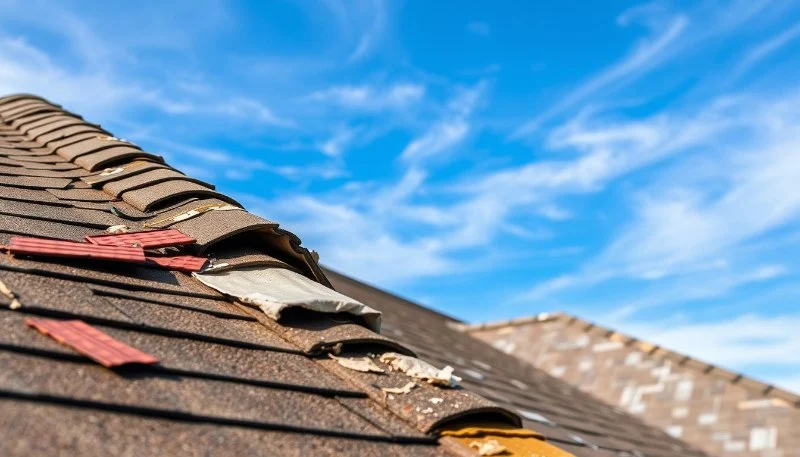
When it comes to maintaining the integrity of your home, the roof plays a crucial role in protecting you from the elements. However, environmental factors such as soot and industrial fallout can cause significant damage to your roof over time. This article will guide you on how to identify roof damage caused by soot and industrial fallout and provide you with effective methods for repairing it to maintain a safe and healthy home environment.
- 1. What Is Soot and Industrial Fallout?
- 2. How to Identify Soot and Industrial Fallout Damage
- 3. Repairing Roof Damage from Soot and Industrial Fallout
- 4. Tips for Preventing Industrial Fallout and Soot Damage
- 5. When to Consult a Professional Roofer
1. What Is Soot and Industrial Fallout?
Soot is a black, powdery substance that is produced by the incomplete combustion of carbon-based materials such as coal, wood, and fuel. Industrial fallout refers to particulate matter, including chemicals and metals, released into the atmosphere during industrial processes. These pollutants can settle on your roof, causing both aesthetic and functional damage over time.
While soot primarily affects your roof’s appearance, industrial fallout can have more severe effects, especially if the particles contain corrosive substances. These pollutants can weaken roofing materials, leading to premature wear and tear. Understanding what soot and industrial fallout are is the first step in identifying potential damage and addressing it promptly.
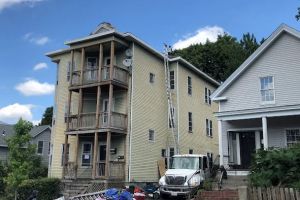
Diamond Construction Inc
FraminghamMiddlesex CountyMassachusetts
116 Cochituate Rd, Framingham, MA 01701, USA
2. How to Identify Soot and Industrial Fallout Damage
Identifying roof damage caused by soot and industrial fallout is essential for preventing further deterioration. Here are the key signs to look out for:
- Discoloration and Stains: One of the most noticeable signs of soot damage is discoloration on your roof. This could appear as black stains or soot marks on roofing materials. Industrial fallout can also cause staining, often seen as patches of dark brown or rust-colored spots.
- Roofing Material Degradation: Over time, the accumulation of soot and industrial particles can cause the roofing material to degrade. You may notice cracks, peeling, or blistering in the roof’s surface. These signs indicate that the pollutants are causing long-term damage to the structure.
- Increased Moss and Algae Growth: Pollutants like industrial fallout can create the perfect environment for moss, algae, and lichen to thrive. If you notice an unusual amount of growth on your roof, it may be due to chemical buildup from industrial pollutants.
- Corrosion of Metal Roofs: If you have a metal roof, you may notice corrosion, rust, or pitting in certain areas. This is often the result of acidic fallout or soot that has settled on the metal surface and caused chemical reactions.
If you notice any of these signs, it’s crucial to take action promptly to prevent further damage to your roof and the overall structure of your home.
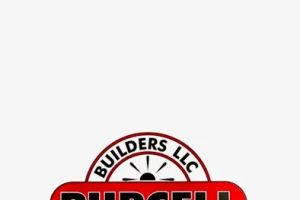
Purcell Builders, Inc.
Gloucester TownshipCamden CountyNew Jersey
500 Almonesson Rd, Blackwood, NJ 08012, USA
3. Repairing Roof Damage from Soot and Industrial Fallout
Once you’ve identified soot and industrial fallout damage, it’s important to act quickly to repair your roof and prevent further deterioration. Here are the steps to follow for effective roof repair:
- Clean the Roof: The first step is to clean the soot and fallout off the roof. Use a pressure washer with a suitable cleaning solution to remove surface debris. For tougher stains, you may need a specialized cleaner designed for soot or industrial pollutants.
- Inspect the Roofing Material: After cleaning, carefully inspect the roof for any signs of damage. Look for cracks, missing shingles, or areas where the roofing material has degraded. Replace damaged shingles or panels immediately to prevent water from entering the home.
- Seal the Roof: Once the roof is clean and all damaged materials are replaced, apply a sealant to protect the surface. A high-quality roof sealant can help prevent further soot buildup and protect the roof from the harmful effects of industrial fallout.
- Consider Roof Coatings: Roof coatings can be applied to both protect and enhance the roof’s durability. These coatings can prevent further damage from pollutants and extend the lifespan of your roof.
Following these steps will help restore your roof and maintain its integrity, ensuring it continues to protect your home for years to come.
4. Tips for Preventing Industrial Fallout and Soot Damage
Prevention is always better than repair, so here are some tips to help you minimize the impact of soot and industrial fallout on your roof:
- Install a Roof Guard: A roof guard or protective barrier can help reduce the amount of debris and pollutants that settle on your roof. These guards can prevent large particles from accumulating and damaging your roofing materials.
- Regular Roof Cleaning: Clean your roof regularly to prevent buildup of soot, dust, and industrial fallout. Regular cleaning also helps extend the lifespan of the roof and prevents corrosion or other damage.
- Maintain Good Ventilation: Proper ventilation in your home can reduce the amount of soot and industrial particles that settle on your roof. Ensure that your attic and other spaces are well-ventilated to allow airflow that helps dissipate pollutants.
- Limit Exposure to Industrial Areas: If your home is located near industrial areas, try to limit exposure to airborne pollutants. Installing air filtration systems can help reduce the amount of harmful particles entering your home.
5. When to Consult a Professional Roofer
While you can handle minor soot and industrial fallout damage on your own, there are situations where it’s best to consult a professional roofer:
- Widespread Roof Damage: If the damage to your roof is extensive and affects large areas, it’s time to call in a professional. A roofing expert can assess the damage and recommend the best course of action.
- Structural Issues: If you notice structural issues such as sagging or significant water leakage, it’s crucial to have a professional roofer evaluate the situation. Structural damage requires immediate attention to prevent further damage.
- Complicated Repairs: If the roof damage involves multiple layers or complex roofing materials, professional expertise is necessary to ensure repairs are done correctly and safely.
Consulting a professional ensures that your roof is repaired properly, and it also gives you peace of mind knowing that your home is protected from the elements.
In conclusion, soot and industrial fallout can significantly damage your roof, but with proper identification and repair methods, you can restore its functionality and maintain a safe living environment. For more information on roof repairs and maintenance, visit BeachCo Roofing Hub for expert advice and trusted services.

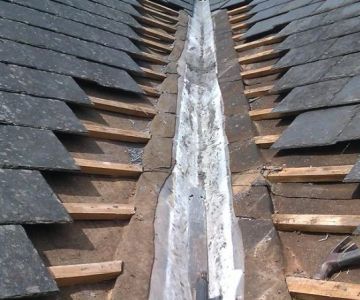
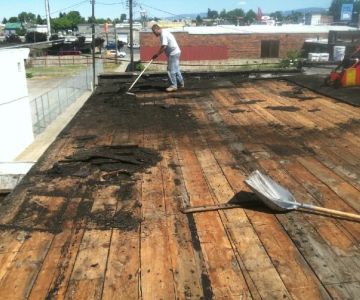
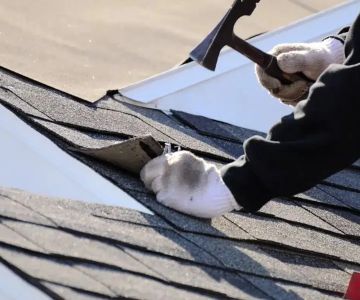
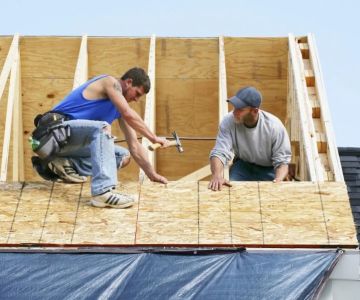
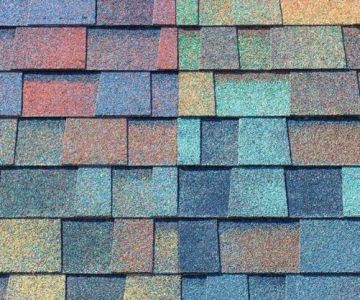
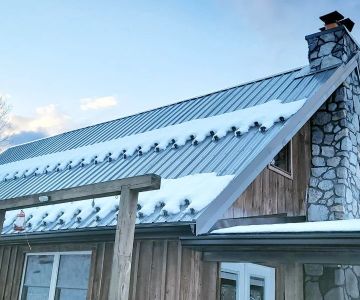
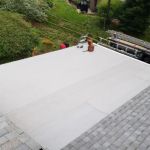 Elite Siding Gutters Roofing LLC4.0 (86 reviews)
Elite Siding Gutters Roofing LLC4.0 (86 reviews)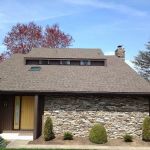 Graystone Roofing & Siding5.0 (21 reviews)
Graystone Roofing & Siding5.0 (21 reviews)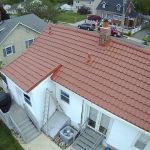 Metal Roofing & Distribution LLC4.0 (4 reviews)
Metal Roofing & Distribution LLC4.0 (4 reviews)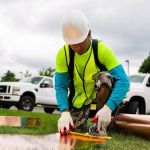 PHENIX PRO5.0 (6 reviews)
PHENIX PRO5.0 (6 reviews) Mario's Roofing4.0 (420 reviews)
Mario's Roofing4.0 (420 reviews) Pioneer Roofing Repair2.0 (19 reviews)
Pioneer Roofing Repair2.0 (19 reviews)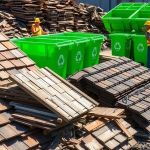 What is a Roofing Material Recycling Program? Eco-Friendly Disposal
What is a Roofing Material Recycling Program? Eco-Friendly Disposal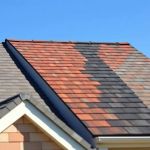 The Best Roofing Materials for Homes in Remote Locations with Limited Access
The Best Roofing Materials for Homes in Remote Locations with Limited Access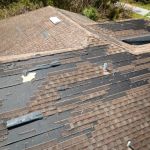 How to Identify and Repair Roof Damage from Air Pollution
How to Identify and Repair Roof Damage from Air Pollution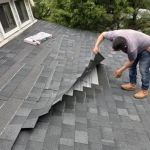 How to Repair a Roof Leak from a Rooftop Observatory or Dome
How to Repair a Roof Leak from a Rooftop Observatory or Dome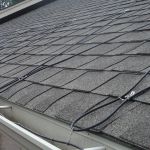 How to Install Roof Heat Cable on a Metal Roof to Prevent Ice
How to Install Roof Heat Cable on a Metal Roof to Prevent Ice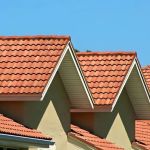 The Lifespan of a Roof in an Area with Frequent Temperature Swings | BeachCo Roofing Hub
The Lifespan of a Roof in an Area with Frequent Temperature Swings | BeachCo Roofing Hub